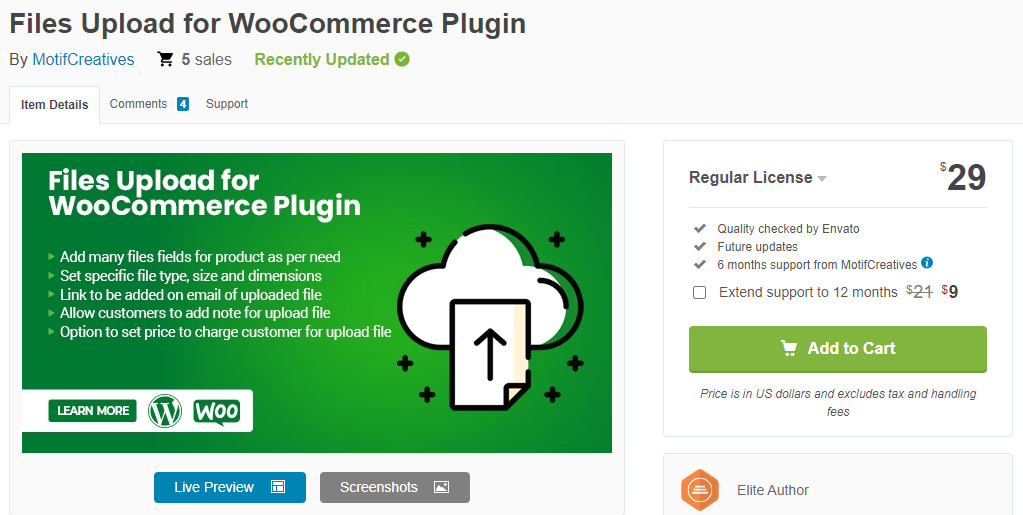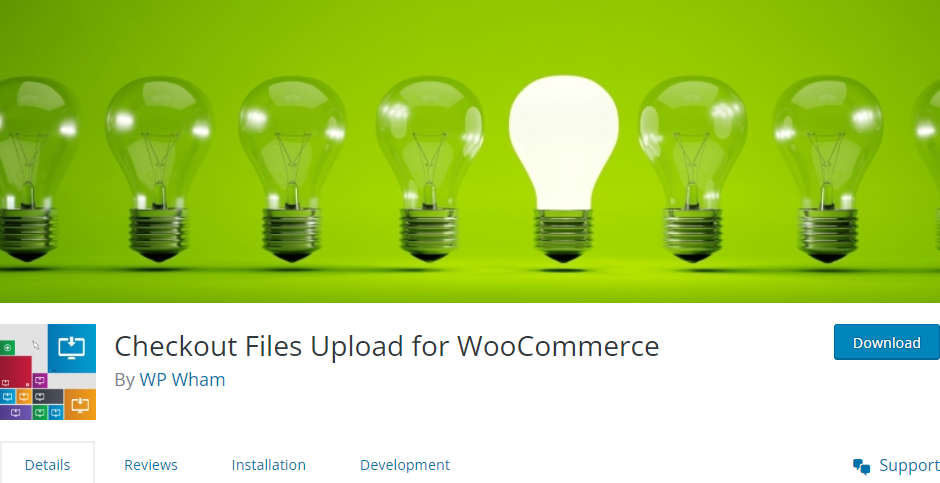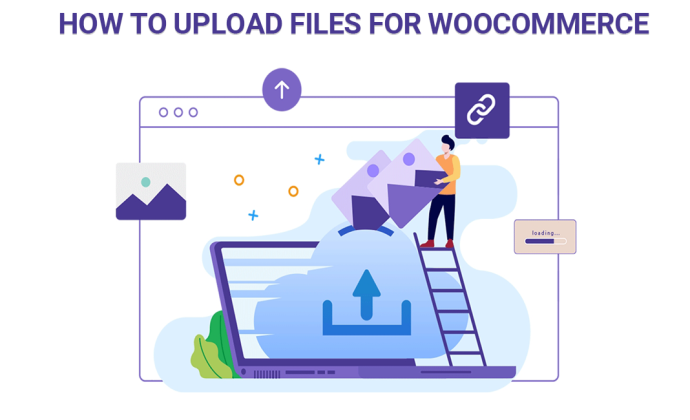Do you want to allow your visitors to upload files to your WordPress site easily?
The WordPress File Upload Plugin allows users to upload documents, images, PDFs, spreadsheets, and other files without logging in to your site.
This article will share how to upload files to WooCommerce using a handy plugin.
But why is WooCommerce Upload Files needed?
Forms are the best way to get started with you and your customers through the WordPress site – you can easily paste a basic form onto any page to gather contact information, support requests, or user feedback.
However, sometimes just text is not enough for users’ needs, and you may want a format that also supports file uploads. These types of shapes can be used:
-
User-Submitted Content
Allow visitors to send photos or other documents. For example, you can run a photo contest and ask users to submit entries through your site.
-
Support
Users get screenshots to better describe the issues they are facing.
-
Item Specifications
If your site accepts custom orders, visitors may want to include a file with your specifications, such as a text document or a reference image.
-
Applications
Is your site accepting jobs? Allow candidates to upload their CVs, resumes, letters, or other materials directly to your website.
There are several reasons why you might want to accept file uploads from your visitors. And while WordPress doesn’t have a built-in feature, a handful of WordPress plugins do. Many form builders have a file upload field, while others allow larger uploads or relax restrictions on the types of files users can send.
3 Best WooCommerce File Upload Plugins
The top three WooCommerce file upload plugins with handy features and an intuitive design to best suit your needs.
#1. WooCommerce Upload Files

WooCommerce Upload Files is a popular file upload plugin on the Envato marketplace. As the name suggests, it specializes in uploading files and offers many useful features.
First, it allows customers to upload files to the product, cart, checkout, and order details page. Additionally, you can allow files to be uploaded on one or more pages. Uploaded files are easily accessible through the WP Administrator panel under Order Details.
In addition, there are no restrictions on the size or number of files that users can upload. However, you can restrict clients from uploading several files and set a size limit. You can also allow files to be uploaded to certain pages for specific products or categories.
Another handy feature of WooCommerce Upload Files is email notifications. You can receive email notifications for each file you upload and even receive the file via email, allowing you to send the file as an email attachment. Finally, the plugin integrates with Dropbox and Amazon S3 and supports cloud storage.
#2. Customer Upload Files for WooCommerce

WooCommerce stores that accept custom requests from customers need ways to show customers what they want in their custom products. One way to do this is to allow customers to upload files to their specifications.
Client Upload Files for WooCommerce is a paid extension to WooCommerce that allows customers to upload photos and other file types to their subscriptions, preview their uploaded files, and delete them during the checkout process.
Setting up this extension requires minimal work, but you can change the settings to suit your needs. These settings include choosing which pages or products the upload fields can go to, setting file size limits for uploading, restricting file types, uploading multiple files as an album, and adding a client fee to upload a file.
#3. Checkout Files Upload for WooCommerce

As the name suggests, Checkout Files for WooCommerce allows customers to upload files at the checkout. But that’s not it. It also allows customers to upload files after the purchase process, either on the website or to the My Account page.
This tool comes with all the basic file management options, such as the maximum file size limit, the number of files, and even image size confirmation. You can also limit the display of the upload field to the payment page when certain products are in the shopping cart. When a file is received or rejected, a notification email with status information is sent to the customer.
In addition, the plugin has many customization options. You can specify “wrong file type” or “file uploaded successfully” as custom messages, specify the appearance of the file upload button, and set it to appear in a separate position on the payment page.
Final Thought
With all these reputable plugins, you can send your files to your visitors quickly and efficiently. However, it can also be helpful to check with your hosting provider to determine which files users are allowed to play.





